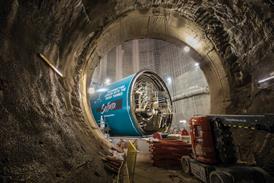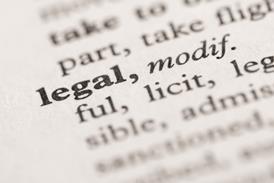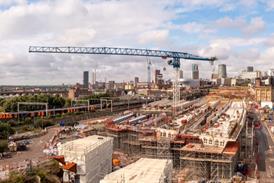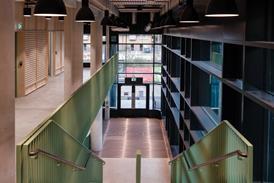Thanks to the Beach Boys, everybody thinks vibrations are good, but what happens when they turn bad?
There’s Part E to protect people from neighbours’ noise, Part B for fire safety and even Part L for the conservation of fuel and power. However, as far as the ����Ӱ�� Regulations are concerned, when it comes to vibrations, you’re on your own.
The rise in residential developments on brownfield sites makes this particularly worrying. As the availability of land decreases, developers have to build closer to railway lines, a major source of vibration.
Construction in these areas is viable, providing adequate vibration control is built in to the design, but in the absence of legislation, there are only a couple of British Standards to go by: BS 6472, Guide to Evaluation of Human Exposure to Vibration in ����Ӱ��s and BS 7385, Measurement and Evaluation of Vibration in ����Ӱ��s.
Anti-vibration measures are sometimes covered during planning permission, but this leaves room for error and allows too much leeway to unscrupulous developers.
When something goes wrong in most areas of construction, such as failing Part E, remedial works are expensive and time consuming. If vibration control is inadequate, remedial works often don’t come into it because, in extreme circumstances, the most cost-effective approach might be to demolish the building and start again.
The point here is that ground-borne vibration needs to be taken seriously and its control should not be left to the discretion of local planning authorities or individual developers. Where building next to rail lines (or other sources of vibration) are concerned, the only good vibrations are no vibrations, and it is the responsibility of the ����Ӱ�� Regulations to make sure that this is addressed sooner rather than later.
Postscript
Paul Lafone, technical director, CMS Vibration Solutions


























No comments yet